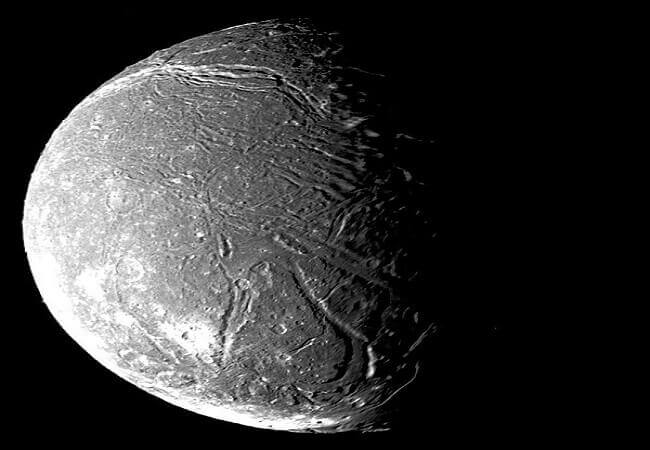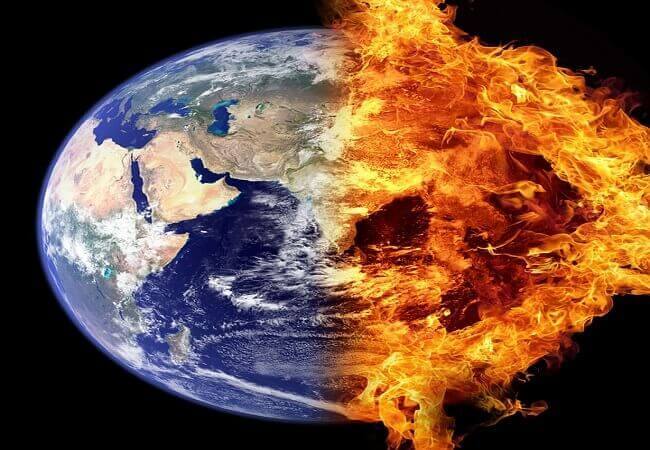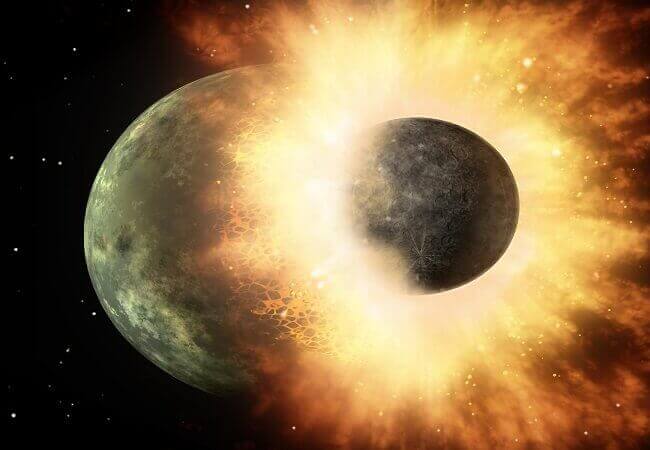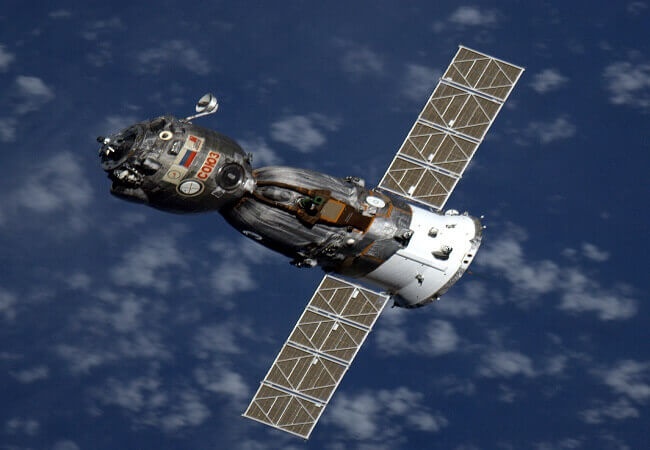
NASA’s has recently reported that sun’s history is found into the moon’s crust. Sun’s ancient mysteries help researchers in better understanding of development of life.
When sun experienced violent outburst of several intense radiations ,four billion years ago, it dispensed high energy clouds particles across the entire solar system. High energy chemical reactions helped Earth in keeping wet and warm paving way for life on the planet.
Due to Sun’s outburst, galaxy was transformed into a boiled mixture of dust and particles. Moreover, due to the gravitational and electrostatic forces, the dispensed particles formed into different pebbles of matter. Soon after the outburst took place, the pebbles accumulated to from planetesimals.
Planetesimals are the small planets, which exist in debris and protoplanetary disks. Soon after their formation, they smothered the remaining gas until the solar winds swept the gas away.
Back then when the sun formed, Scientists had no knowledge about what it looked like. Venus’s atmosphere was also affected by it. Since it soon lost its water elements. Evolution in Sun also changed the Mars atmosphere.
Whilst also resulting in variations in the Earth’s atmospheric chemistry. Earth’s environment was once altogether different from the oxygen-overwhelmed one we discover today.

At the point when Earth shaped 4.6 billion years back, a meager envelope of hydrogen and helium adhered to it. As Earth’s outside layer set,volcanoes steadily scythed up another climate, filling the air with water, carbon dioxide and nitrogen.
According to the Astrophysical Journal Letters, Sun’s rotation was 50% slower than those of the baby stars. Sun in its first billion years,took an approximate 9-10 days to complete its one round of rotation.
Scientists investigated this by stimulating the evolution of the planetary system under a moderate, medium, and after that a quick pivoting star. Sun’s evolution also decided the formation of planets. It also depicted how their atmospheric situations varied over time.
Scientists have found out that the speed of rotation is directly proportional to the amount of destruction it can have on other planets.
Sun’s outburst’s impact on other planets was clearly reliant on its rotation on the axis. Rotation of sun in a much quicker way would have destroyed conditions of habitability in most of the planets.

According to the scientist hypothesis, around 4.5 billion years ago, when a Mars-size object ,i.e., protoplanet crushed into Earth. Protoplanet din’t survive long enough to achieve its planetary status.
Due to this outburst, our natural satellite came to the fruition. The violent outburst prevented the seed of life on other planets by zapping out the nutritional chemicals and doffing them of the atmosphere.
Sun’s outburst dispensed into the orbit with small particles which eventually molded the moon. The moon in the end sprung into existence as the subsequent debris whirled into our orbit and gathered because of gravity.
Scientists have also found evidence in which they have found a collateral relationship between moon’s lunar rocks and Earth’s crust.
Biggest question surrounding the scientists was why moon could be a better source of information. Earth and moon are made of the same components. NASA Scientists were also puzzled by the Apollo-era Moon samples found in Earth’s soil.
In 1969, Apollo 11 project carried out by the scientists where the first two men in the spaceflight went to the moon. Commander Neil Armstrong and lunar module pilot Buzz Aldrin went to the moon and gathered over 22 kgs of material.
These samples included samples of fine-grained lunar soil, 50 rocks and also two core tubes of 13 centimeters below the lunar surface. They also invested samples found on the lunar surface. In the final reports, they found no sample of life and no living organism on the surface.

NASA scientists have actively been studying about the sun’s history by moon. Due to no plate tectonics resurfacing the crust and a less annoying atmosphere, scientists identified moon as the most reliable source of information.
When Apollo 11 took place, scientists also found that there is less potassium and sodium in moon’s regolith. Comparatively, it was much lesser than found in the Earth’s soil. This subject issue has bewildered the scientists for a several years.
With Apollo-era Moon samples and lunar meteorites, found on the Earth surface have put up more questions on the formation of the moon.
In addition to this query, scientists are also studying about why after having same level of formation with the same components, there are less components present in moon than Earth.
By 2024, a group are astrophysicists including an Indian, will send astronauts to moon. To get more comprehensive information about the sun’s history, scientists are planning to take this investigation forward.
You might also like to read about Miss World 2019 to have more detailed information about India’s chances of winning Miss World 2019.
2,511
2,511




Choose your and your partner's zodiac sign to check compatibility